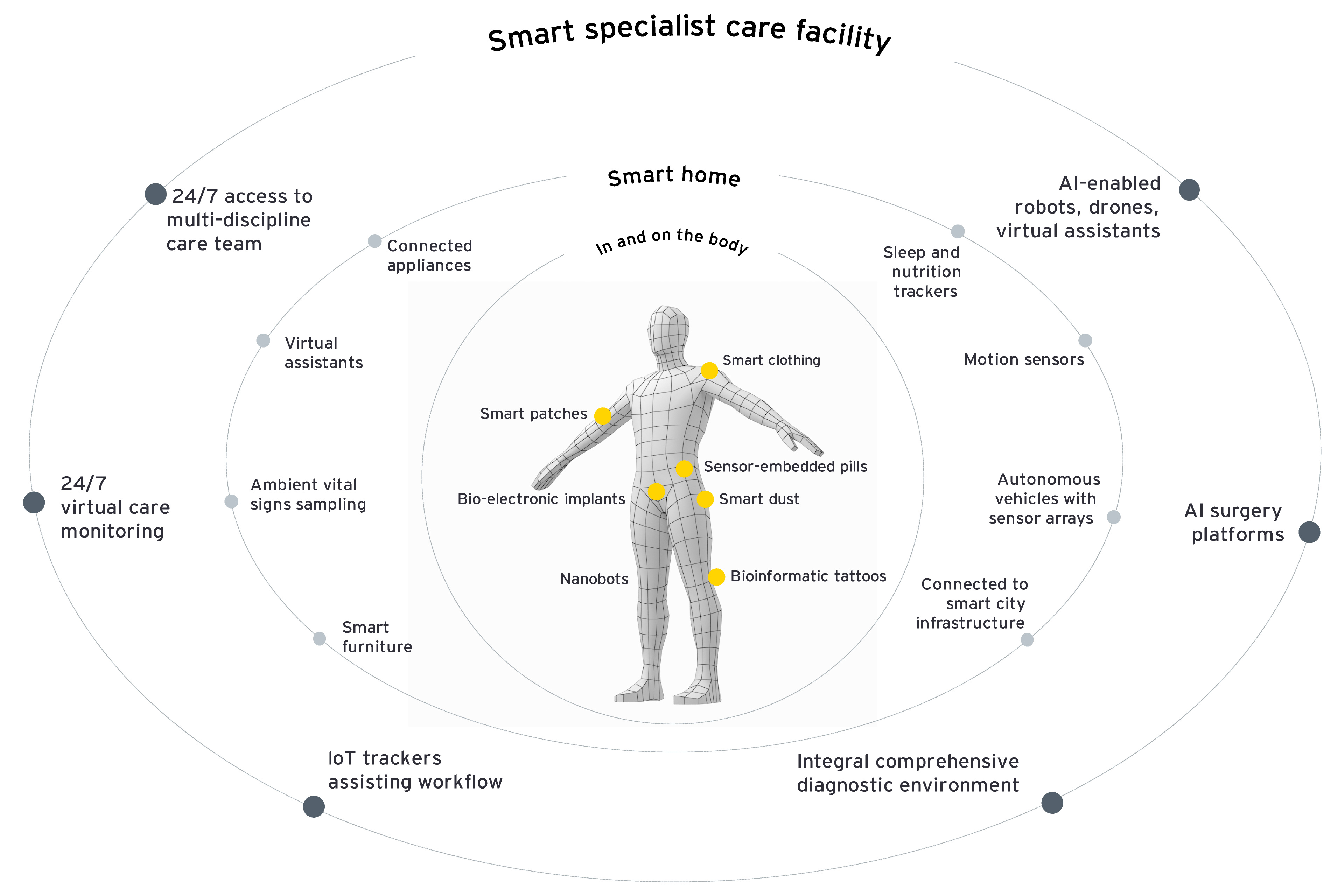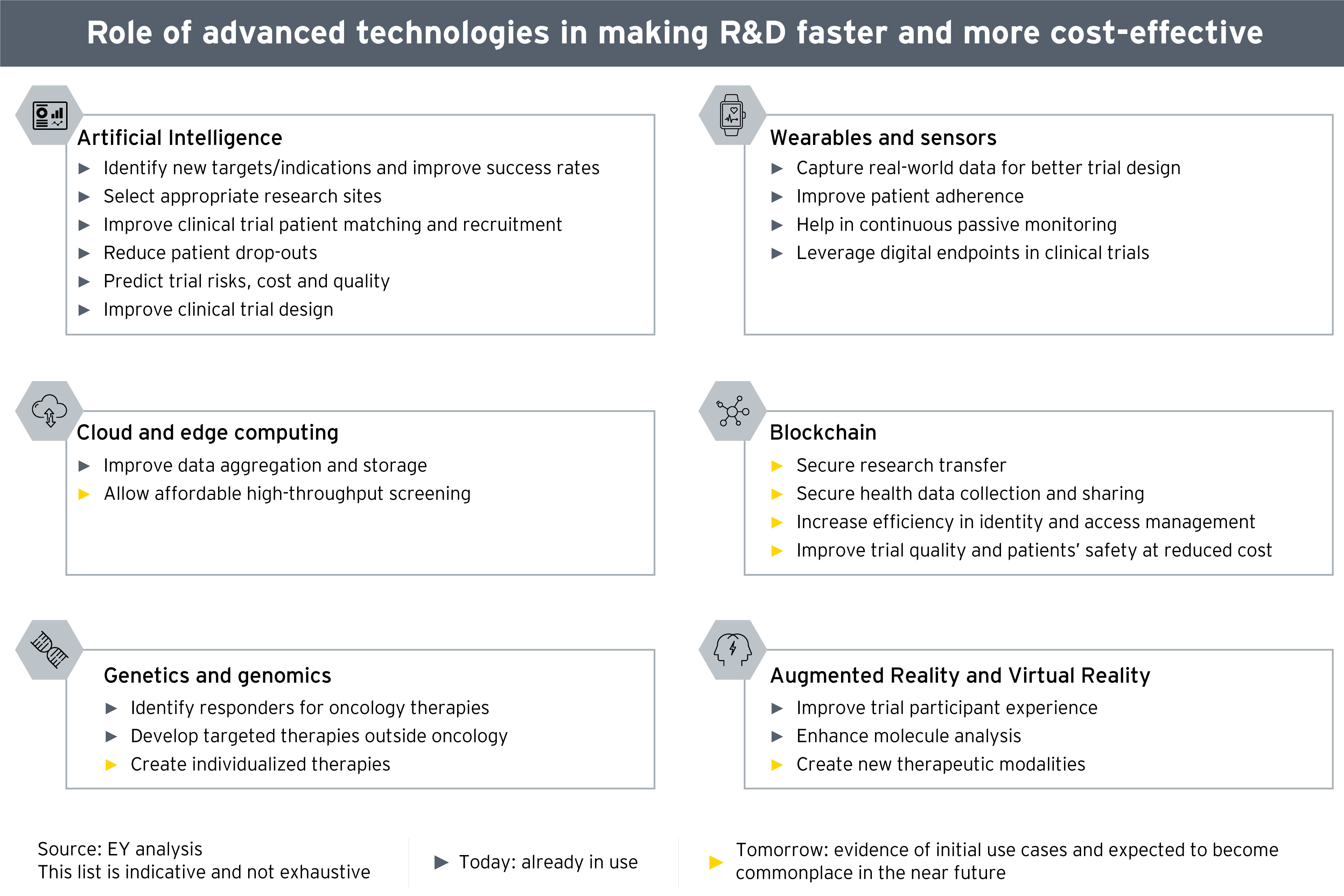Manufacturing and supply chain: transitioning from manual processes to agile systems for delivering personalized drugs to patients
By analyzing longitudinal data, AI and ML can identify systemic issues in the pharmaceutical manufacturing process, highlight production bottlenecks, predict completion times for corrective actions, reduce the length of the batch disposition cycle, and investigate customer complaints. It can also monitor in-line manufacturing processes to ensure the safety and quality of drugs. These interventions will give life sciences companies confidence that their manufacturing processes are operating at a high standard and not putting the organization in breach of regulations. Importantly, the bottlenecks caused by the pandemic tested the resiliency of the entire supply chain ecosystem. Furthermore, life sciences companies can improve their efficiency by applying AI to their supply chain management and logistics processes, aligning production with demand and with an AI-enabled sales and operations planning process.
The ongoing revolution in personalized, patient-centric, virtual and home-based care opening up new opportunities and business models for MedTech companies
The COVID-19 crisis has expedited health care’s move away from traditional institutional channels toward home-based settings – and this momentum continues.
The past two years suggest that virtual, flexible care delivery offers benefits and improved outcomes beyond merely the ability to adapt to, and cope with, the extraordinary demands of the pandemic. Studies have shown that hospital-at-home programs can help establish a more immediate and consistent connection between patient and provider to stabilize or improve chronic conditions, prevent hospital readmission after discharge, and mitigate the development of chronic conditions among relatively healthy patients. In addition, evidence shows that remote patient monitoring can reduce readmission rates, falls and adverse events while freeing up both hospital beds and health care professionals’ time.
In response to the opportunities offered by these new care models, MedTech companies have innovated to deliver better outcomes, improve access to underserved populations and increase detection of underdiagnosed diseases.
There are still issues to address beyond the regulatory and reimbursement questions, including inequitable access to the digital infrastructure (such as broadband) that is required to deliver virtual care effectively. But, working with providers, patients and policymakers, the industry can address these challenges and play a key role in innovating health care delivery in ways that offer better outcomes for all stakeholders.
Need for biopharmas to create long-term growth focusing on sustainability and ESG value- led stakeholder capitalism: the case for change
The definition of success in business has expanded to mean more than higher profits or better returns. There is a growing recognition that quarterly earnings no longer accurately reflect a company’s entire value. Indeed, while those balance sheets may have captured more than 80% of a company’s value in 1975, today’s balance sheets reflect at most 50% of that corporate value.
These changes mean life science organizations must better articulate their value outside the innovative medicines they develop. In today’s world, talent, data, trust and innovation also contribute to financial success. And, as the biopharma industry continues to wrap services around products, intangible assets such as intellectual property, human capital, organizational culture, corporate governance and public trust are growing in importance. We need new reporting frameworks to measure these intangibles and drive a long-term results model.
Defining and internalizing sustainability in life sciences
One challenge life sciences companies face is deciding which of the numerous sustainability frameworks used to measure value. Because most frameworks are not specifically designed with life sciences companies in mind, at best these models only approximate the value biopharma companies create. This value disconnect is one of the many reasons it is difficult to draw a direct line from a company’s sustainability efforts to its financial performance. Separately, the wide variety of metrics in use is also problematic. Our analysis suggests that even within a single organization, various parts of a business may use different metrics to track sustainability efforts. That variability makes it difficult to assess the impact of sustainability programs at an enterprise level, let alone compare different companies.





